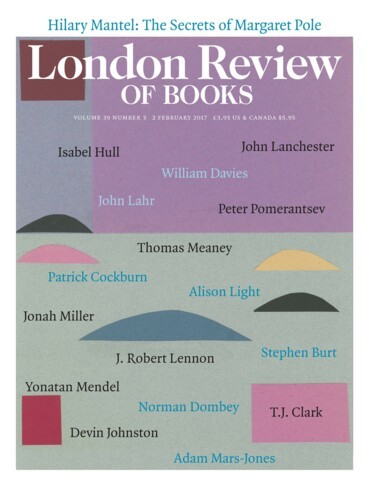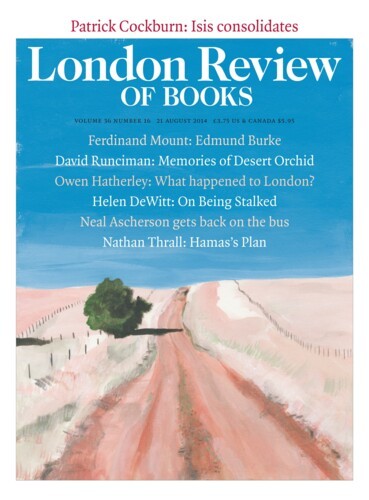To Be Worth Forty Shillings: Early Modern Inequality
Jonah Miller, 2 February 2017
‘What are yow worthe in goodes if all your debtes were payd?’ John Tanner was asked in 1620 when he appeared as a witness at the church court in Chichester. ‘Twenty shillings,’ he answered. He had been called by one Robert Constable to support a case for defamation against Stephen Pentecost. Pentecost’s witnesses said Tanner couldn’t be trusted: he was...



